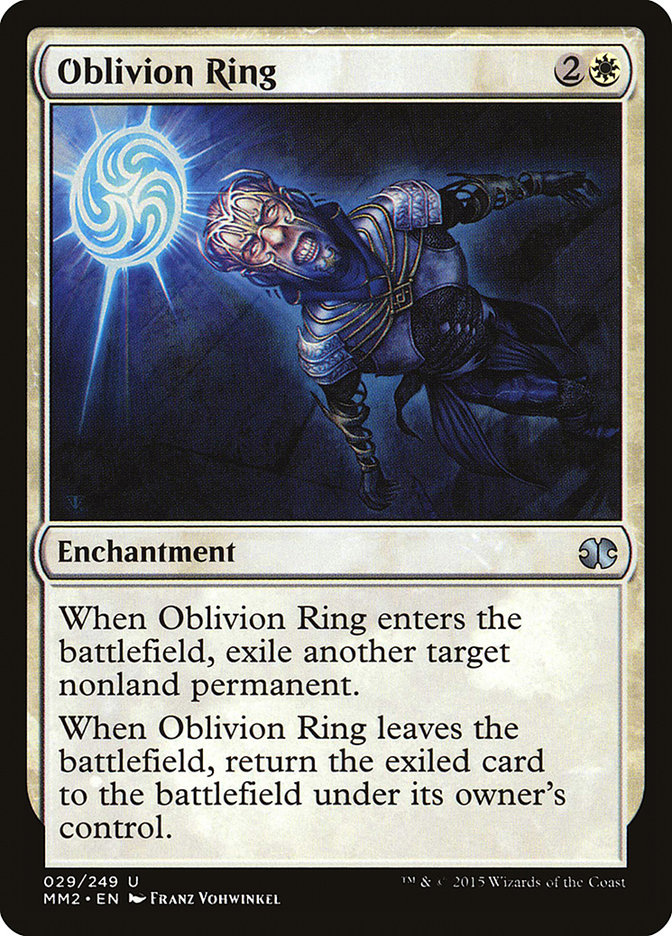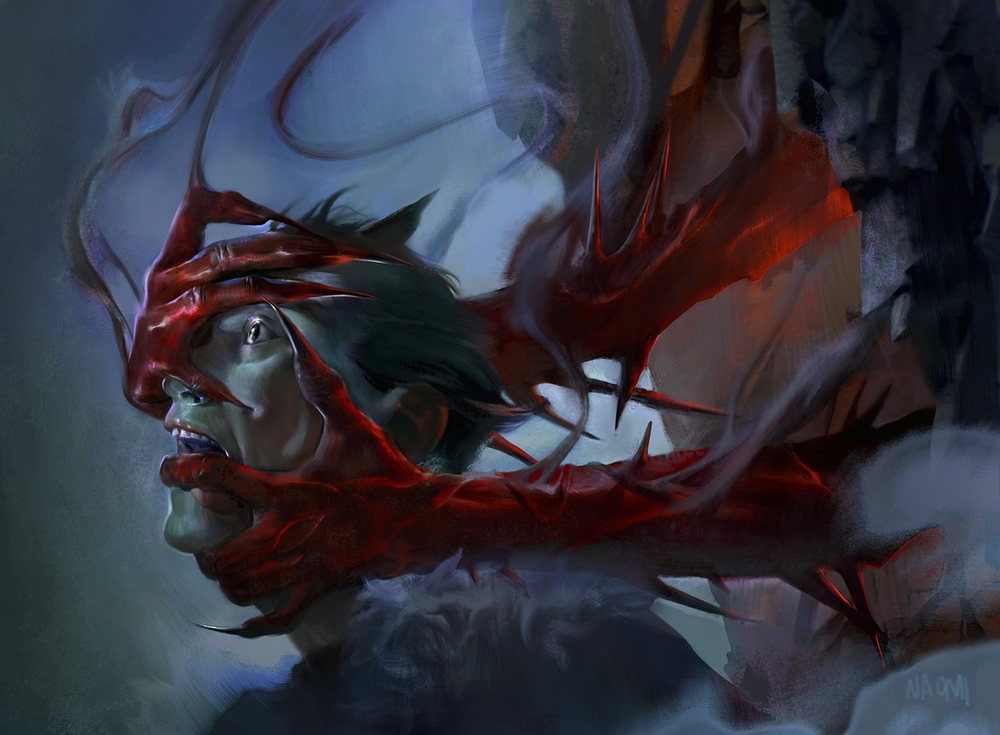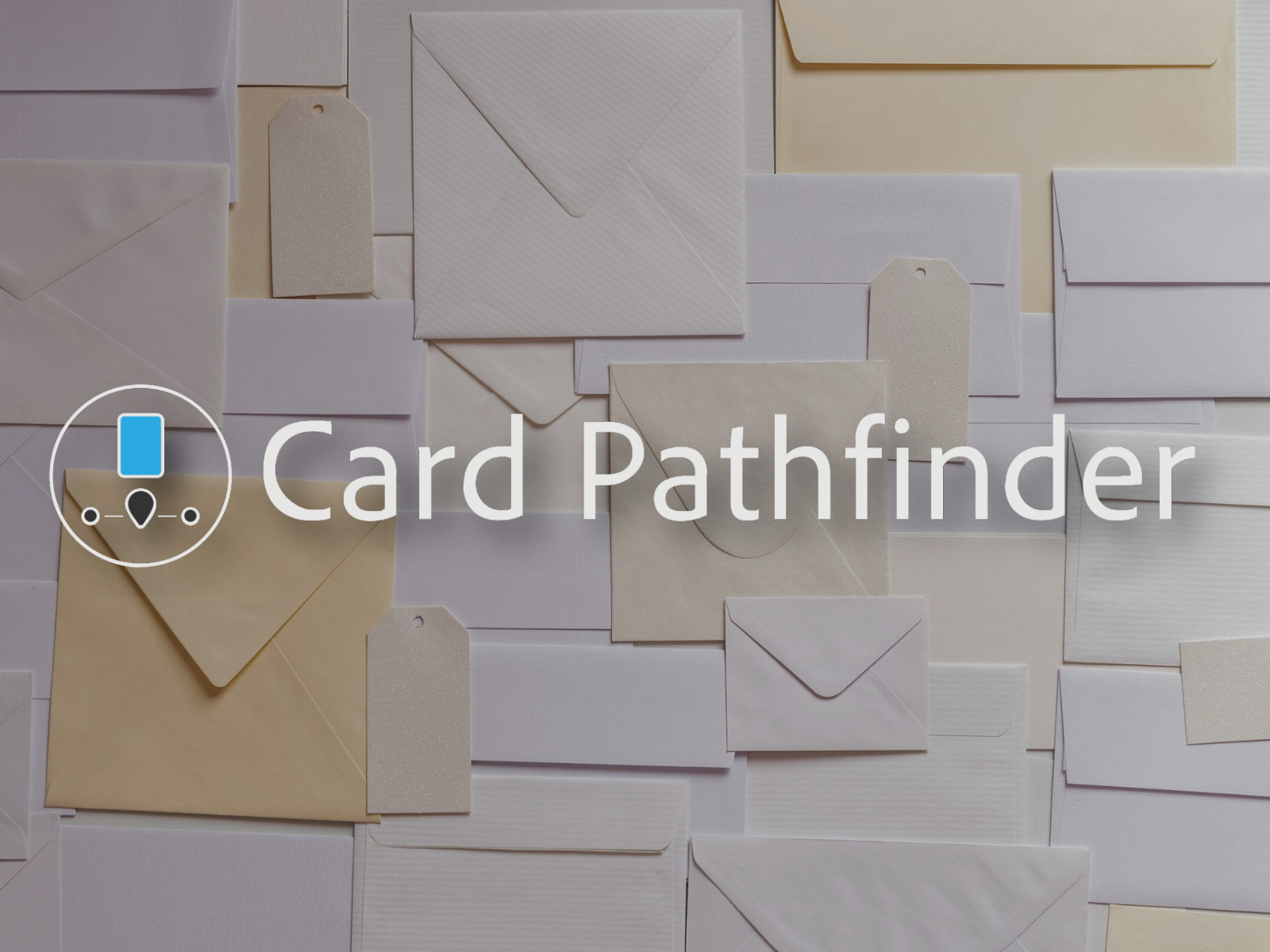Welcome back to another edition of EDH101. Today we are looking at removal. This topic can be a bit tedious to cover. Many Commander players claim folks run too little removal. Others run none at all. Today I will take you through my thought process for including removal in your decks. The goal here is to improve the consistency of your decks, and removal is the key.



What is Removal in Commander?
I will give a wide definition of removal. Any card that can destroy, exile, deal damage, counter, or bounce a spell or permanent is removal. I will also be excluding board wipes from this discussion. They deserve an article to themselves at some point. Removal by our definition could include anything from Murder to Counterspell or Lightning Bolt.
Colors and Removal in Commander
Each color has its own unique style of removal. Let’s outline how each color deals with threats. Additionally, each color has caveats associated with it. Let’s look into each color and highlight their strengths and weaknesses.



White
White has some of the most efficient removal in the format. Path to Exile, Swords to Plowshares, and Generous Gift are some of the most notable. White’s best removal usually offers some upside for the opponent. Granted, in a game of Magic usually this upside is still worth it for the low mana investment. It is pretty hard to find something bad to say about these spells. They are some of the most played cards in the format for a reason!



White can also deal with problematic permanents via Oblivion Ring effects. These have the downside of costing more mana and being sorcery speed. The main advantage is that these cards can be flickered. allowing you to exile something else instead. White is also a popular choice for enchantment-matters style decks. Oblivion Ring can now draw you a card when paired with Mesa Enchantress. I do not like these effects as much as their instant and sorcery alternatives. The notable exception for me is Grasp of Fate. For three mana you exile a permanent for each opponent. The wide reach of this spell makes it worthwhile.

Finally, White struggles the most to deal with instants and sorceries. This is a trend we will see for non-blue colors. I will not labor this point. If you love non-blue counterspells like we do check out our article What do you mean blue is unfair you have counterspells too!



Blue
Blue is a funny color to discuss removal. Blue can deal with any permanent type but only while it is on the stack. Cards like Counterspell can deal with creatures, planeswalkers, instants, you name it! But, once the opponent’s spell hits the table the Counterspell is useless.
This creates a challenging dynamic for Blue. Timing is everything. You want your counterspell effects to be as broad as possible. Arcane Denial is one of my favorites. Giving your opponents cards may not be the best idea in a 1v1. Yet, in a multiplayer game, the downside is less impactful. Additionally, you draw a card yourself to help keep the balance. If your budget allows, Mana Drain is a strict upgrade to counterspell that puts you ahead on mana for a turn.
If countering a spell doesn’t work out, blue also has access to bounce effects. These are much worse, especially at a casual level where games run long. Your opponent will often be able to re-cast the spell the next turn. In some cases, they could be useful if they provide upside. Cyclonic Rift can become a board wipe. Snap allows you to untap two lands, making this spell free! Finally, Capsize is at its best when it locks your opponents out of the game given enough mana.



Blue struggles the most against permanents that have already hit the table. With that said, blue can borrow from white’s toolbox. Pongify, Rapid Hybridization, and Reality Shift can deal with creatures for a tradeoff. Unfortunately, equivalents for other permanent types are few and far between.



Black
Black is quintessential creature removal. Infernal Grasp has become the poster child for simple and efficient black removal. Black mirrors white’s approach. A black mage pays a small price for their removal. Life is most common. Otherwise black sometimes has restrictions on its removal. Destroying “non-black” or “non-artifact” creatures as seen on Snuff Out and Go for the Throat.



Black also frequently has its removal tied creatures in some way. For example Shriekmaw, Fleshbag Marauder, and Ravenous Chupacabra. This lends itself to aggressive strategies. Remove that, swing in for damage. Alternatively, a graveyard deck can leverage these cards.

Black struggles to deal with most other permanent types besides creatures. It is no wonder that Feed the Swarm became an instant staple since its release in Zendikar Rising. Destroying an enchantment or a creature for two mana, and losing some life is a no-brainer. Enchantment removal in black is rare. The downsides are more than worth it.



Red
Red enjoys great flexibility in its removal. Direct damage is where red is most comfortable. This allows it to deal with creatures and planeswalkers with ease. Lightning Bolt has continued to rise in popularity in Commander. Many popular commanders die to Lightning Bolt! Abrade is another great option. Direct damage and artifact removal. Red has the greatest hatred for artifacts. Vandalblast is a common answer to a turn-one Sol Ring.



Red has a hard time dealing with enchantments above all. To help with this problem permanent red borrows ideas from blue and white. Red has access to counterspells in the form of Tibalt’s Trickery. Chaos Warp and Wild Magic Surge allow a red mage to deal with enchantments. Pray they don’t give the opponent something worse!



Green
Green’s unconditional removal comes in the form of enchantment and artifact hate. Nature’s Claim, Reclamation Sage, and Krosan Grip are Commander classics for good reason. Green has no shortage of spells to make artifact players cower in fear!



Green’s secondary form of removal is through fighting! These effects unfortunately rely on having another creature already in play. Pounce, Prey Upon, and Inscription of Abundance are good answers for creatures. Notably, these effects pair well with deathtouch creatures. These effects can vary based on the current board state. In some cases, they can be dead cards.

Removal in Deck Building
When deckbuilding I generally consider running four to eight pieces of removal. This number may vary depending on your style of deck and Commander. “Shoeldred”, and “Yawgmoth, Thran Physician” have removal built in! This may lead you to run less removal in the 99.
When deckbuilding, also consider your colors and their interplay. Use one color to shore up the downsides of the other. For example, black and green complement each other well. They can destroy creatures, artifacts, and enchantments with ease. Additionally, with black in the picture, you do not need to run the weaker fight-based removal.
You may also want to consider how your deck plays. Broadly speaking, decks are either proactive, reactive, or adaptive. Proactive decks are ones that actively threaten the board. They are fast decks that actively try to win the game. Aggro decks fit into this category, but fast combo decks also fit into this. These decks focus on getting the win quickly. They rely less on removal and more on raw speed.
Reactive decks are the opposite. They try to respond to what the other players do and keep them in check. This is the typical control deck. These ideally want more removal. Adaptive decks are somewhere in the middle. Keep in mind your playstyle. This can then be used to determine how much removal you would like to play.



The power level and local meta also determine the type of removal you play. The pace of your games can determine card quality. Delay is one of my favorite examples. If your average game of Commander is less than ten turns, then Delay is awesome. The game will probably be over before the downside kicks in. Additionally, if you are countering the second half of a combo it does not matter if they get it back.
If you are playing a slower game that is more drawn out, the downside of Delay stings a lot more. Other powerful counterspells such as Force of Will and Force of Negation fall into this category too. In some metas, going down two cards to counter something is not worth it.



Finally, removal should be considered based on other merits it can offer you. Deathsprout, while a little over-costed, could be perfect for a midrange lands deck. Spark Harvest is another fantastic option for the right deck. Aristocrats strategies turn this card’s downside into an upside.
Some pieces of removal are incredibly fringe. Big Game Hunter is my favorite example. This card is awesome in decks with a discard synergy. Here a dud uncommon becomes one of the most efficient removal spells ever seen! Typically removal with added benefits is more expensive or requires jumping through hoops. Try tailoring removal to your play style.
Conclusion
With that, I hope you enjoyed our introduction to removal in EDH. Let us know what some of your favorite removal spells are. We would love to see what the wider community is running!
For now, I will leave you with some useful resources. Below are some “Packages” on Moxfield. You can follow them so you have quick access to them for future deck building. These are by no means the best for every deck. However, they are a nice point of reference that will serve you well in most environments.
Generic Good White Removal Package
Generic Good Blue Removal Package
Generic Good Black Removal Package
Generic Good Red Removal Package
Generic Good Green Removal Package
Generic Good Multicolored Removal Package

❤️If you want to support Bolt the Bird, consider checking out our Patreon page and sharing this article! ❤️



